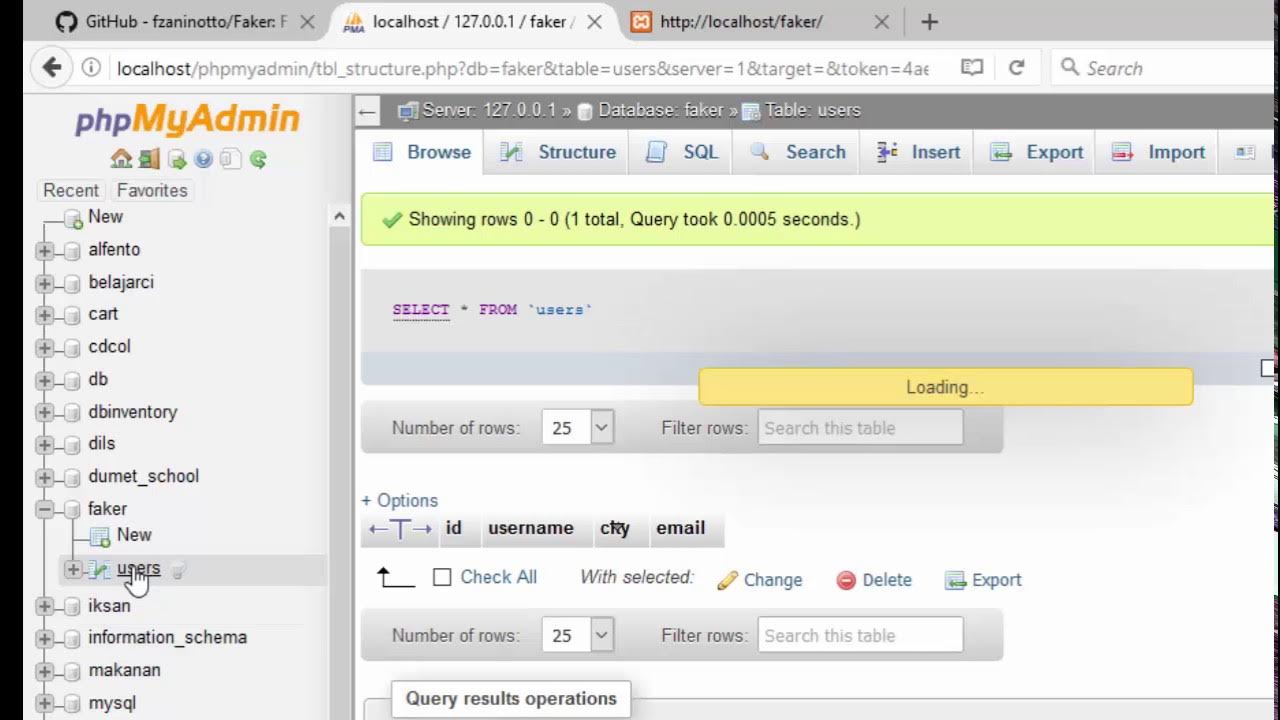Database Design Multi Bahasa
Summary
TLDRIn this tutorial, Koko Kurniawan from Programmer Zaman Now demonstrates how to design a database supporting multiple languages. Using an online store as a case study, Koko explains how to structure a category table that can display content in multiple languages, such as Indonesian, English, and Japanese. The video covers database design strategies, such as separating language-specific data into translation tables to avoid redundancy. The tutorial emphasizes simplicity, offering a practical guide for implementing multi-language support in databases. Koko also shares tips on database learning, encouraging gradual complexity in design for better understanding.
Takeaways
- 😀 **Introduction to Multi-Language Support**: The tutorial covers how to design a database that supports multiple languages for applications such as online stores or blogs.
- 😀 **Presenter's Background**: Koko Kurniawan, an experienced technical architect with over 12 years in e-commerce, shares insights on programming and database design.
- 😀 **Prerequisites for Learning**: A basic understanding of databases is necessary. The tutorial uses MySQL but the concepts apply to other systems like PostgreSQL, Oracle, and SQL Server.
- 😀 **Case Study Overview**: The case study focuses on designing a database for an online store with product categories in multiple languages, such as English, Indonesian, and Japanese.
- 😀 **Simplifying Multi-Language Support**: Instead of adding multiple columns for each language in the main table, a separate translation table is used to store language-specific data.
- 😀 **Schema Design**: Two tables are created: one for the main category data (`categories` table) and one for language translations (`category_translations` table).
- 😀 **Primary Keys and Foreign Keys**: A composite primary key is used in the translation table, combining `Category_ID` and `Language`, ensuring no duplicates for the same language and category.
- 😀 **Language Codes**: Each language is represented using standard language codes (e.g., `id_ID` for Indonesian, `en_US` for English), allowing for easy localization.
- 😀 **Efficient Data Management**: By separating language-specific data, the database remains flexible and scalable. The main table only contains common attributes like `ID` and `Position`.
- 😀 **SQL Query Examples**: SQL commands for creating the database, tables, inserting data, and querying the results based on language preferences are provided.
- 😀 **Practical Application**: The tutorial demonstrates how to implement the multi-language feature in a simple e-commerce setting, making it easier for users to localize their content based on user location or preference.
Q & A
What is the main topic of this video?
-The main topic of the video is database design for supporting multiple languages, specifically in scenarios such as creating a multilingual online store or blog.
What kind of databases does the presenter recommend for this tutorial?
-The presenter suggests using MySQL for the practice, though the concepts can be applied to other databases such as PostgreSQL, Oracle, or SQL Server, as the implementation is quite similar.
What is the problem the presenter is solving in this video?
-The problem being solved is how to design a database that supports multiple languages for specific data, such as product categories in an online store, where the data (e.g., category names and descriptions) should be displayed in different languages based on the user's preference.
What does the presenter suggest as the easiest approach to support multiple languages in a database?
-Initially, the presenter suggests adding extra columns for each language (e.g., name in English, name in Indonesian), but quickly dismisses this approach for its inefficiency as more languages are added.
What is the recommended strategy for handling multiple languages in the database schema?
-The recommended strategy is to create a separate table for translations (e.g., category translations) where each entry links to the main category table, allowing different translations for each language without cluttering the main table.
How does the presenter ensure data integrity when dealing with multiple languages in the design?
-The presenter suggests using a composite primary key consisting of the category ID and the language code, which ensures that there cannot be duplicate entries for the same category and language combination.
What is the advantage of separating the translations into a different table?
-Separating the translations into a different table avoids unnecessary repetition of columns in the main table and makes the database more scalable when adding new languages.
What is the purpose of the 'position' column in the categories table?
-The 'position' column is used to sort categories in a specific order, such as displaying categories in a predefined sequence (e.g., fashion first, then electronics).
How does the presenter demonstrate querying the database for different languages?
-The presenter demonstrates querying the database by using a 'JOIN' between the categories table and the category translations table, filtering by the language code (e.g., 'in_ID' for Indonesian) to display the correct translations.
What does the presenter recommend for those learning database design?
-The presenter advises beginners to start with simple designs, focusing on 2-4 tables initially, rather than jumping into complex schemas with hundreds of tables, to avoid getting overwhelmed.
Outlines

This section is available to paid users only. Please upgrade to access this part.
Upgrade NowMindmap

This section is available to paid users only. Please upgrade to access this part.
Upgrade NowKeywords

This section is available to paid users only. Please upgrade to access this part.
Upgrade NowHighlights

This section is available to paid users only. Please upgrade to access this part.
Upgrade NowTranscripts

This section is available to paid users only. Please upgrade to access this part.
Upgrade NowBrowse More Related Video

Cara Membuat Desain Kemasan Box - bagian 1

Masuk Kelas | Membuat Query | Ms Access

Cara Mengisi Databases Menggunakan Data Faker

MySQL - 10 Update Data MySQL - Tutorial MySQL Bahasa Indonesia

UKK RPL 2024 Website Galeri Photo Membuat Database menggunakan MariaDB xampp

Tutorial ER Diagram dengan MySQL Workbench
5.0 / 5 (0 votes)